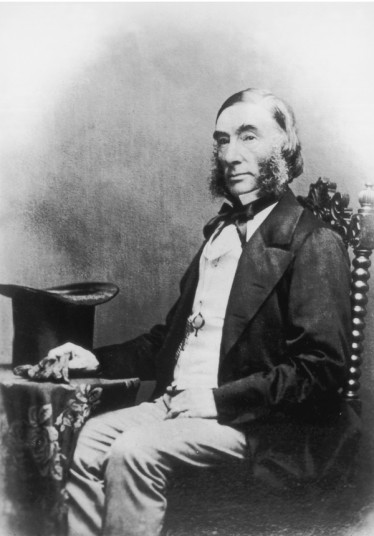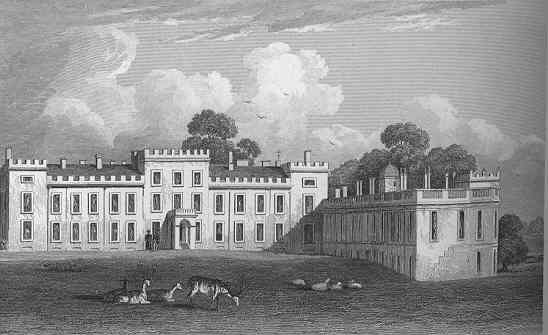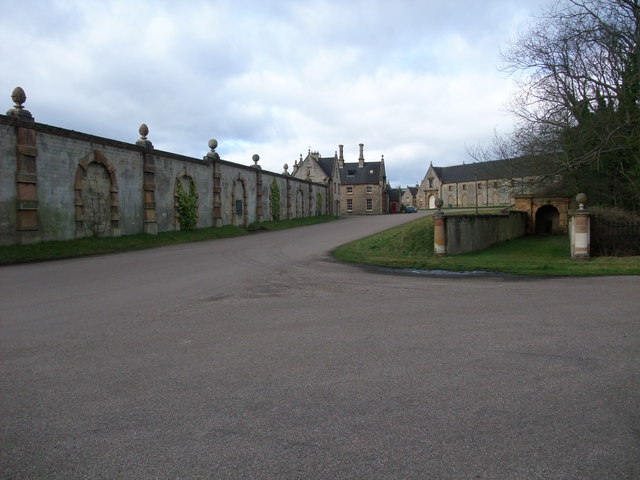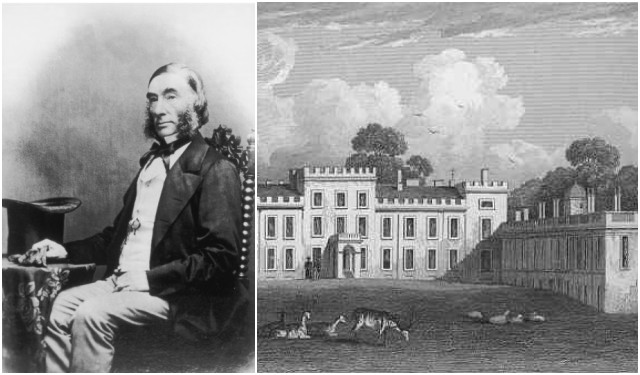William John Cavendish-Scott-Bentinck was born on September 17th, 1800 in London. He was the second son of William Bentinck, the 4th Duke of Portland and his wife Henrietta.
He was educated at home and he served in the army when he was 18 years old as an ensign in the Foot Guards. In 1821 he was eventually promoted to Captain with the 7th Light Dragoon Guards.
After the death of his elder brother in 1824, William John Cavendish-Scott-Bentinck inherited his position as Marquess of Titchfield. He was never politically active and when he was 26 years old he handed his position over to his uncle.
On March 27h, 1854, Johns father died and John succeeded him as the 5th Duke of Portland.As a young man, he fell in love with the famous opera singer Adelaide Kemble and even proposed to her but she turned him down. Since that moment John was never the same man.

He had always been very sensitive but after Adelaide turned down his proposal he became well known for his eccentricity. He was very shy and refused to see people, even his doctor. His personal valet was the only person who was allowed to see him.
At his home at Welbeck Abbey, he kept two letterboxes outside his rooms which were used to communicate with other people, he had shut himself away in true isolation.
He almost never left his rooms and when he did it was usually at night, preceded by a lady servant carrying a lantern 40 yards ahead of him. If he had to go out during the day, he wore two overcoats, gloves and a large hat.

Most interesting were his architectural alterations to Welbeck Abbey. He was obsessed with renovating Welbeck Abbey, hired thousands of workmen and spent an enormous amount of money in order to complete it.
He wanted to build more space in which he might enjoy his solitude so he sketched up plans for miles of tunnels that were built under the Abbey. With his wealth, he could have anything he dreamed of and spent (in todays money) millions on this project.
The tunnels ran for fifteen miles connecting the various buildings of the estate, one of them allowing Bentinck to reach the nearest train station unseen. He ordered that all the rooms beneath the estate be painted pink
The kitchen gardens covered 22 acres and the estate also had a huge stables and a personal roller skating rink for the staff. The Duke also had a 250-foot long underground library and a sizable billiards room.

He even tried to create some tunnels beneath the lake on the estate, but faced problems and the project had to be abandoned. No one knows for sure what was the reason for this massive underground network. Maybe the Duke wanted to create his own world down there away from all people.
Since Welbeck Abbey was no longer habitable, John spent the last days of his life in London, at the Harcourt House. The Duke died on December 6, 1879 at the age of 79. He was buried at Kensal Green Cemetery in North London.
